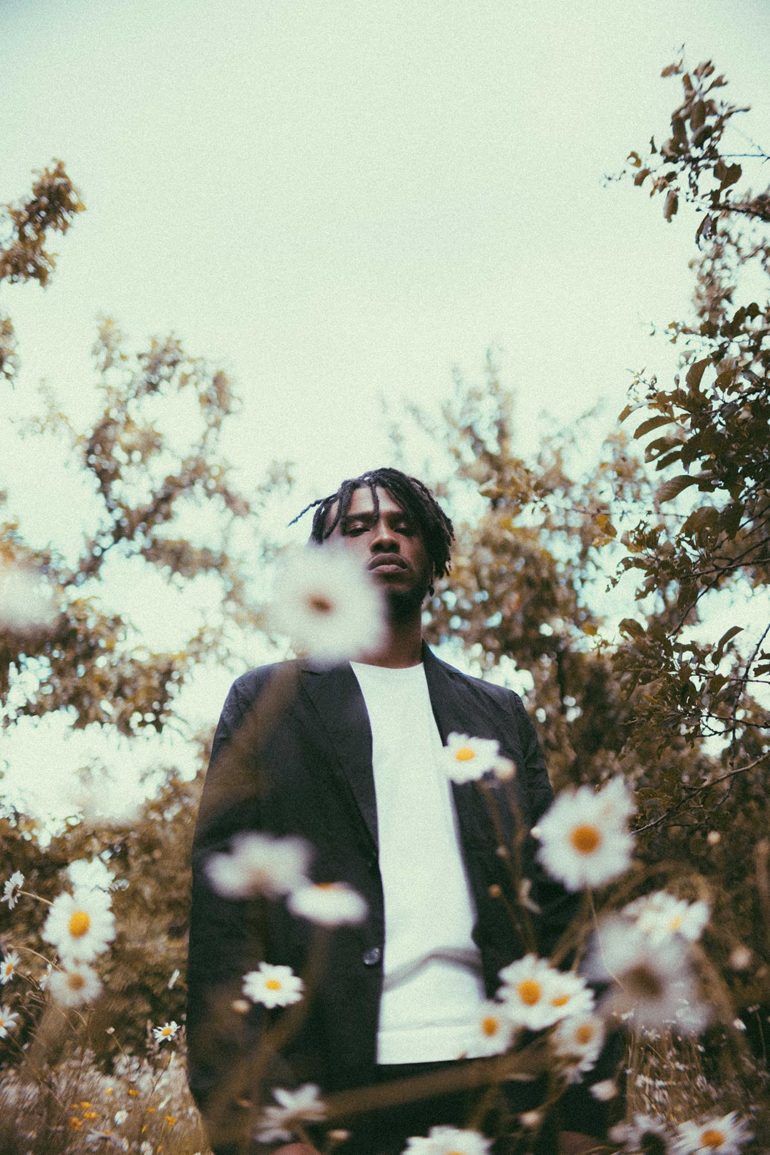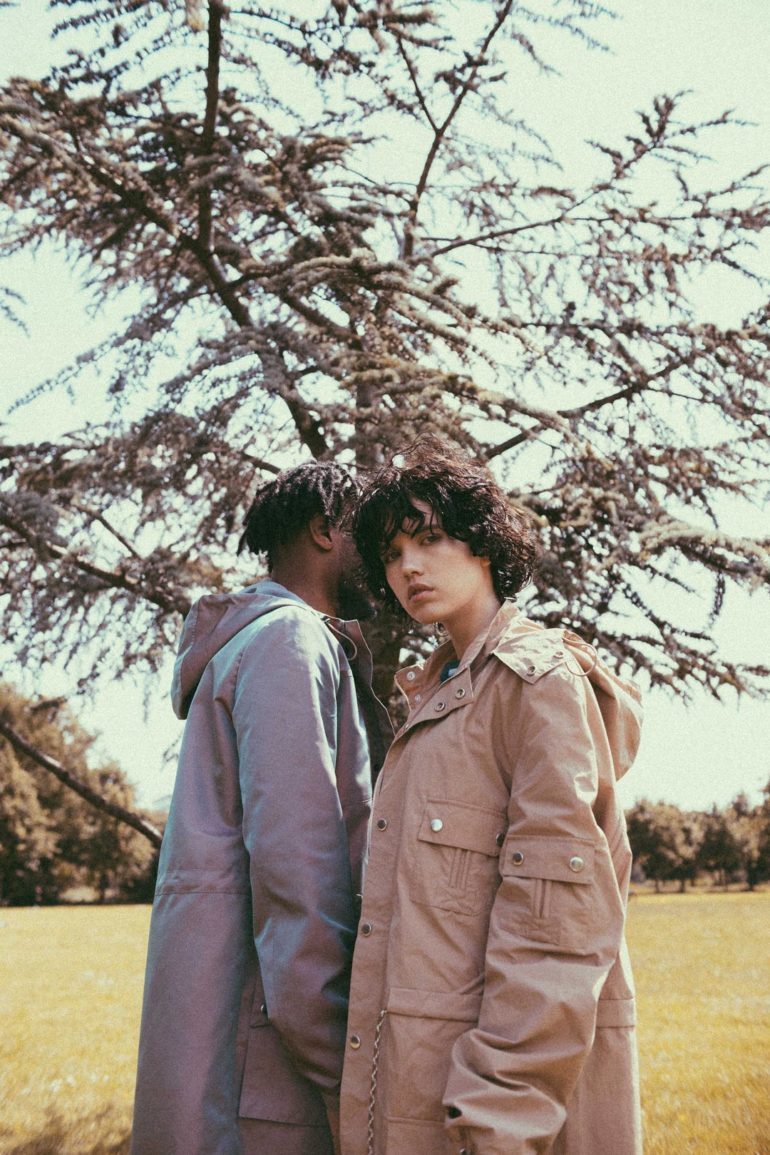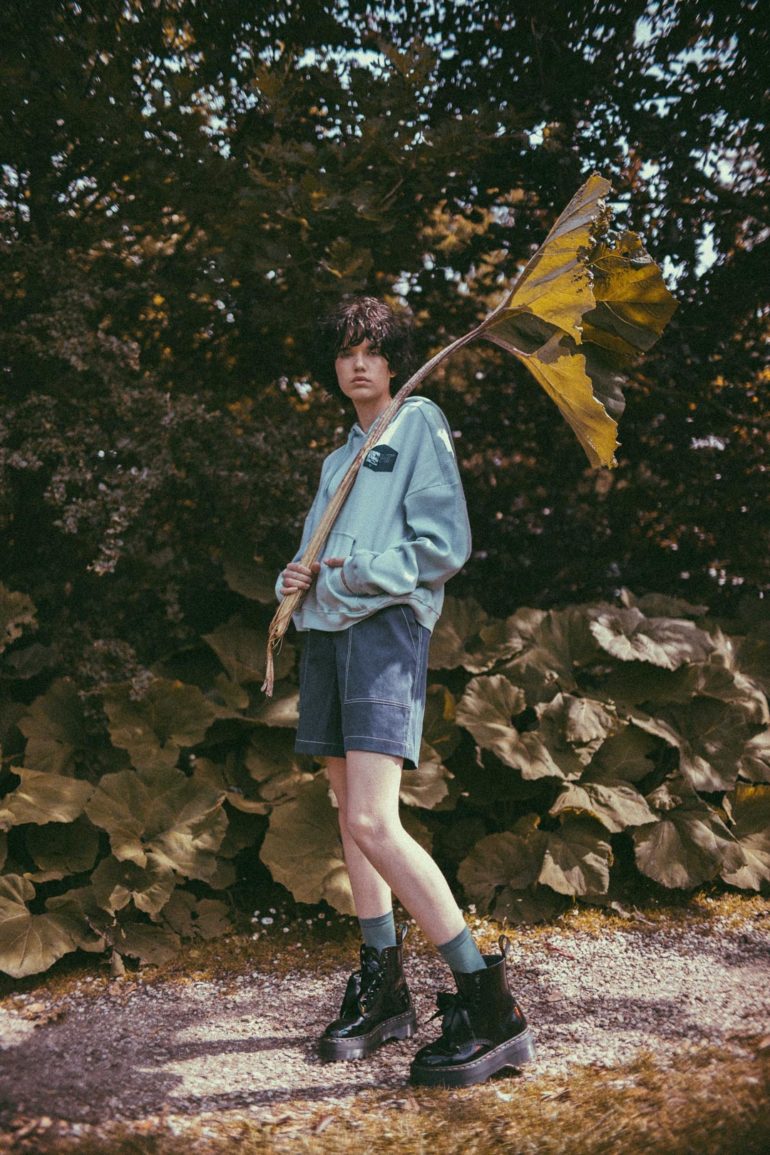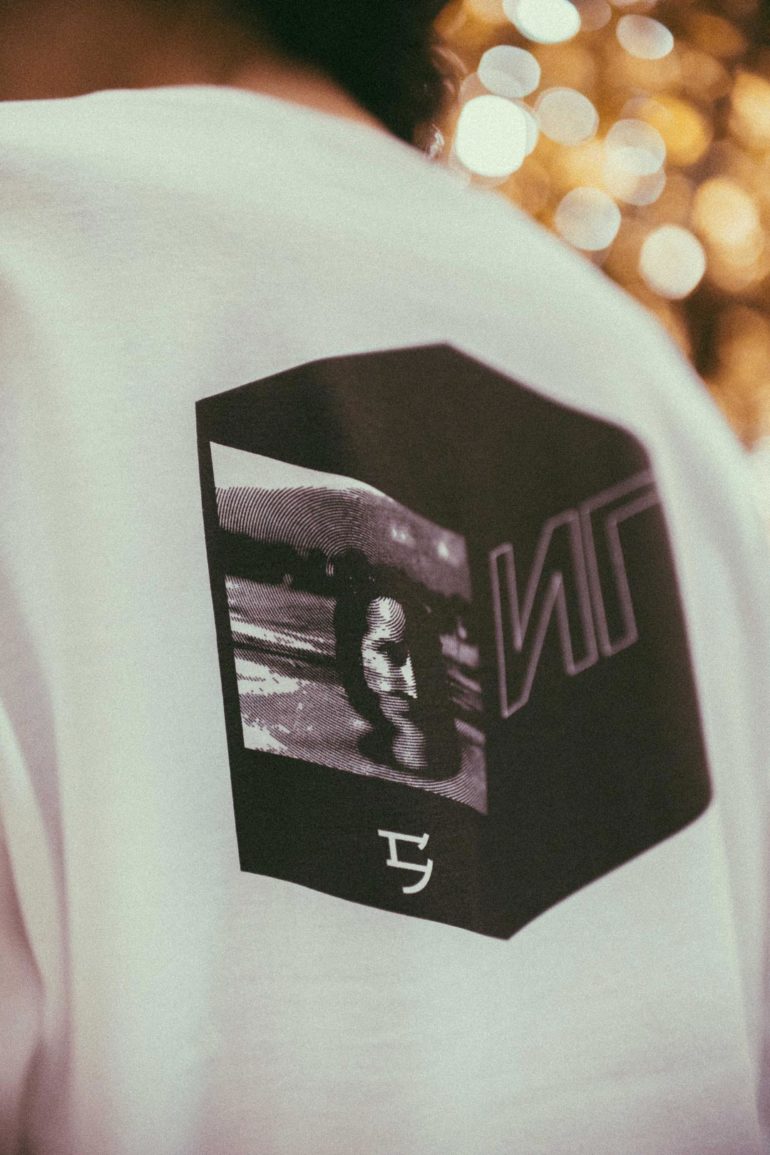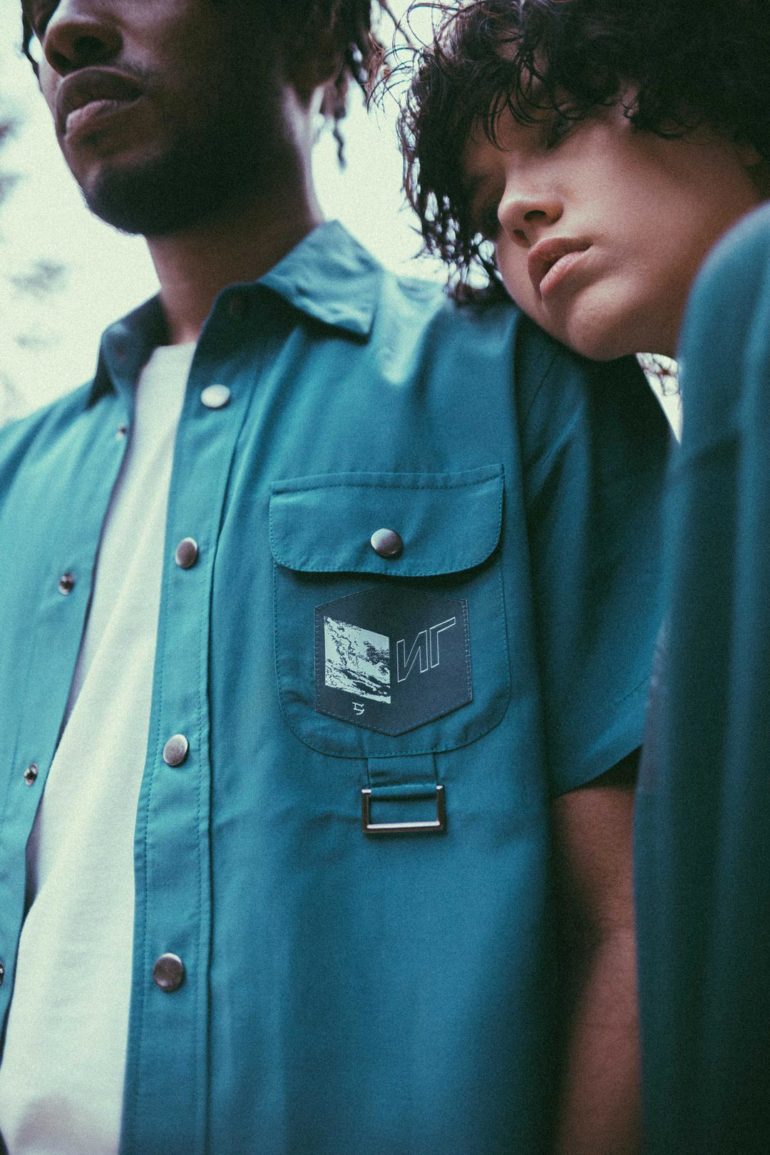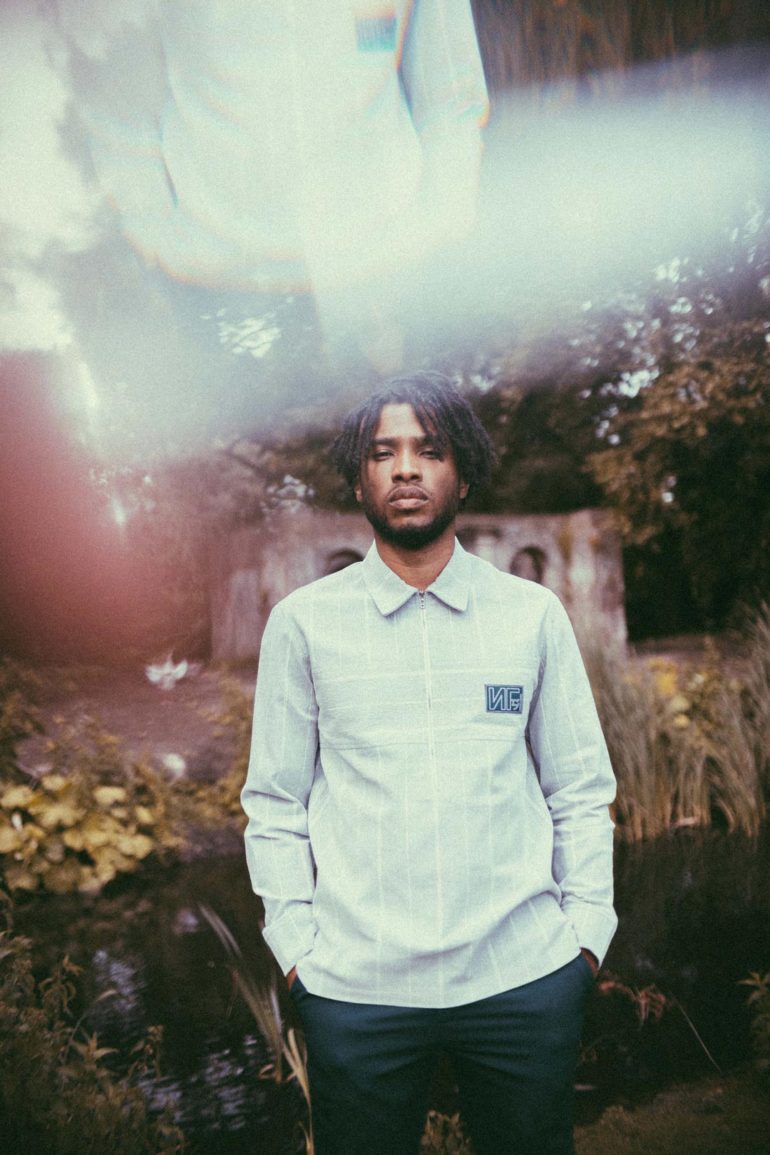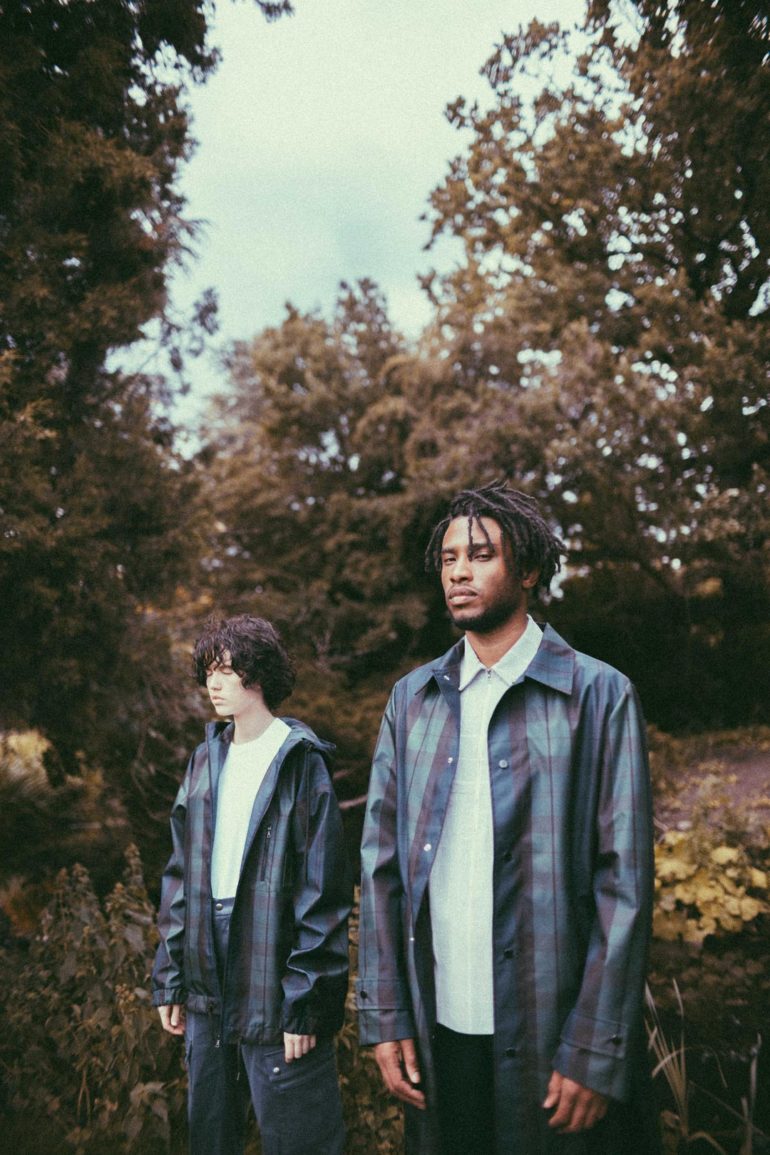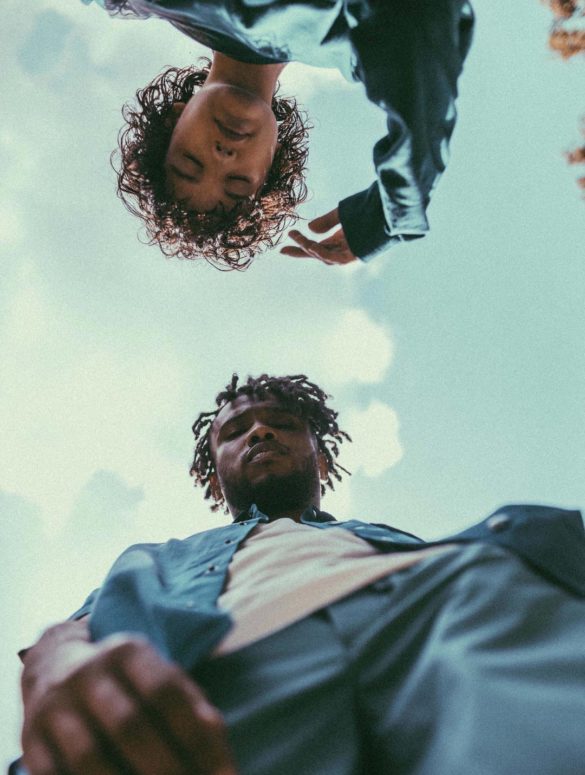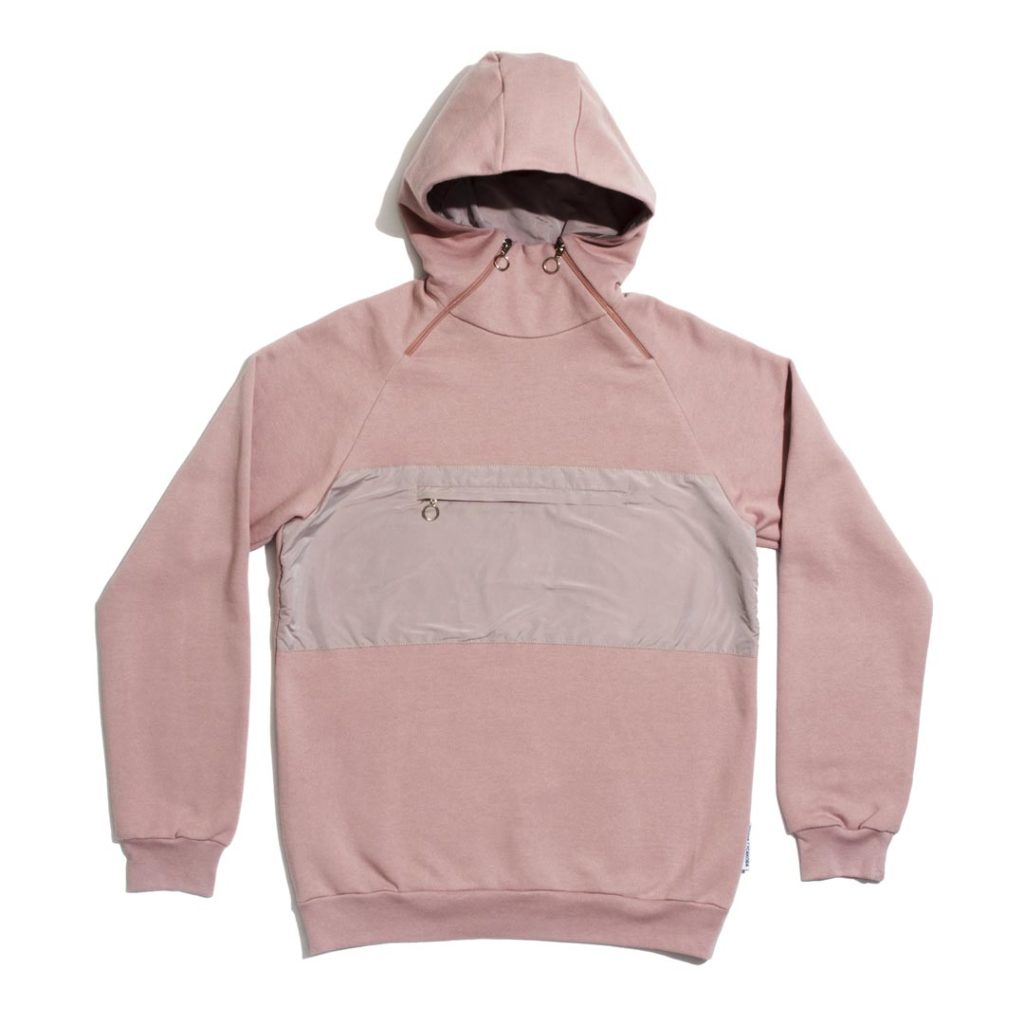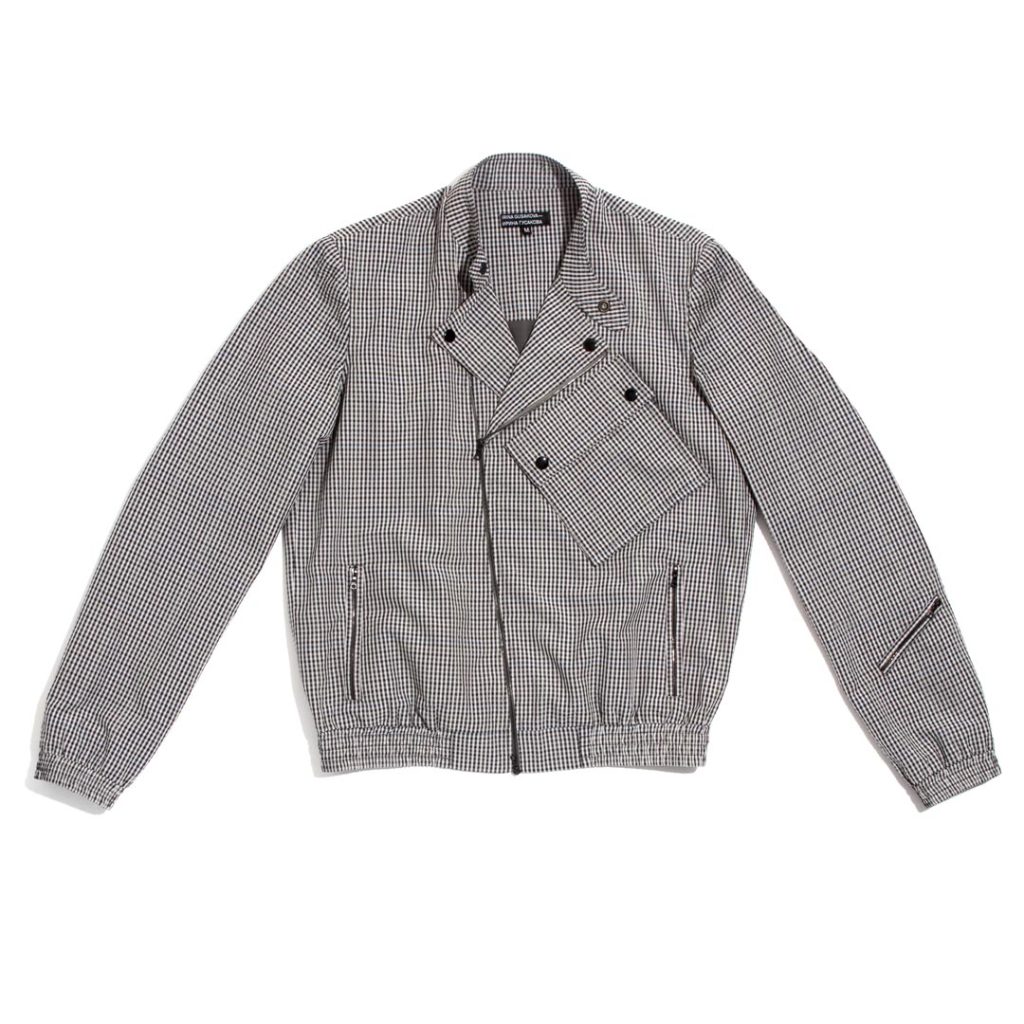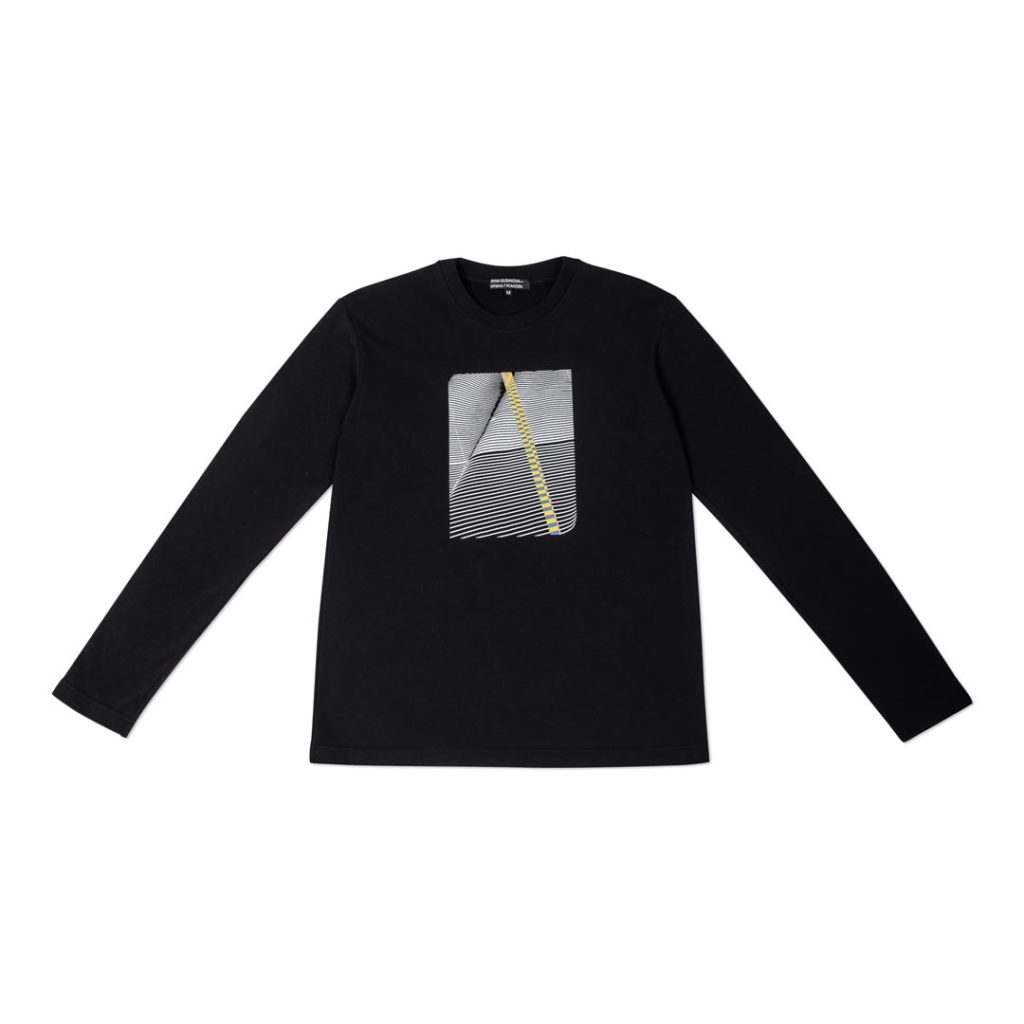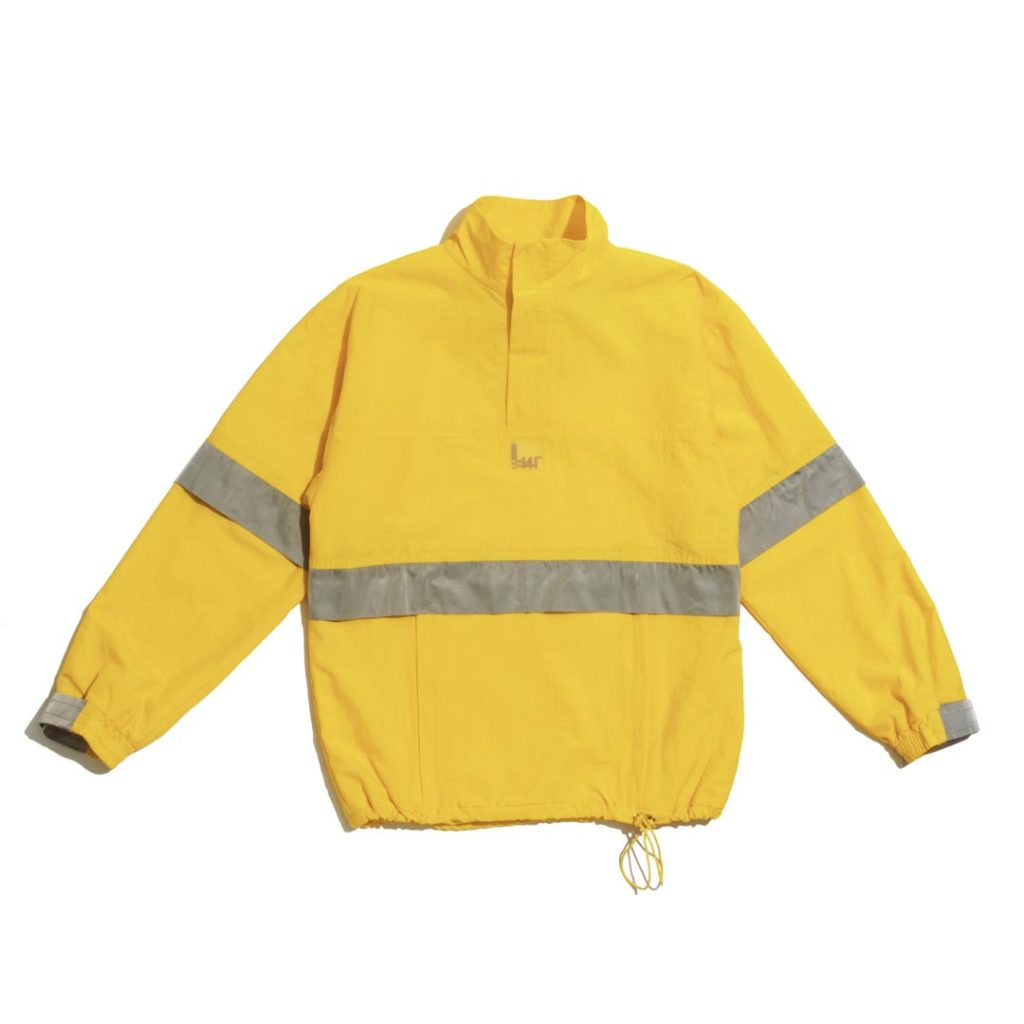Tell us all the details
www.irinagusakova.com
Founded: 2018
Location: Amsterdam
Number of collections: 4
Best Seller: Our raincoats are the staple pieces of our brand. They carry over to each new collection we produce, and are updated with new fabrics, colors, and small details to reflect the collection’s overall theme.
Where to buy: In our online store, Scotland Design Exchange (Edinburgh, UK) and The Next Kartel, Kvartyra49 (Reykjavik, Iceland)
Ethos: The purpose of the brand is to elevate the superficial expression that is predominantly associated with fashion, and use it to foster engaging conversations about topics and stories we believe are important to be amplified. For each collection we collaborate with different creatives and incorporate the vision of artists we admire into our collections, in the form of graphic based collaborations.
Let’s get more into it…
Irina Gusakova, founder of her namesake label, answers all of our questions.
Why did you decide to start your own label? How did working for other independent fashion designers influence the creation of your label?
After studying fashion in London and Glasgow, I was working for other brands. While I learned a lot from that, it also made me realise I was craving to have my own creative outlet, which enabled me to be in control of what I design and make.
So, starting to design my own pieces happened naturally. I first started to make clothes for myself and my friends, and after getting positive feedback from the first collection — which I designed and made during evenings and weekends — I decided to produce a few pieces that got picked up by a local store in Scotland, where I lived at the time. This acted as a catalyst for me to launch my brand.
You’re originally from Russia, but you have lived in the UK and are currently based in Amsterdam. Is there some DNA from these places in your designs?
Yes, definitely. I could say that the utilitarian design aesthetic is a combined influence of all three countries I’ve lived in. I love the Russian constructivism art movement and the idea of designing functional objects for practical purposes. Next to that, having lived in the UK and Netherlands, the weather has definitely influenced my design to the extent that the water-repellent, wind-proof materials and ease of movement have become key elements throughout my collections.
The materials choice is key in the products you design. Can you tell us more about them?
Choosing fabrics for the collection is my favourite part of the process. I love the tactile element of it, and coming across a particular fabric often fuels my inspiration, which in turn determines the design outcome.
I strive to create desirable garments which our customers are willing to invest into. That’s why high quality materials have been important for my brand since the beginning, and are also the reason I mainly work with Italian mills, as well as a Japanese mill for the t-shirt and hoodie jerseys.
Currently I’m in the process of fully switching to sustainable materials. For the new AW20 collection, 60% of fabrics used are sustainable. I work with recycled polyester made from post-consumer plastic bottles, dry-dyed recycled bio-based and biodegradable nylon, and organic cotton.
Can you tell us more about the inspirations behind your AW20 collection?
Our AW20 collection was inspired by the story of the main character from the book ‘Magic Mountain’ and his journey of self-discovery, reflection, and healing.
The collection carried forward the idea of the positive effects that the connectivity to nature can have on our well-being. In addition to product collaborations, we’re planning to introduce other co-creative projects, and work with artists on non-product art installations, curated spaces and written content, where the artist will be able to express their vision in their medium of choice. That way the brand can function as a platform for other creatives, and actively support those individuals who are contributing to the cultures we navigate in.
You’ve said: “the main purpose of the clothes is to be worn and lived in”. Can you explain this further and tell us more about how you see our relationship with clothes?
I’ve always loved travelling, and having moved around a lot in my life, this fascination with a nomadic lifestyle has been reflected in my design work. I interpret it through the use of technical fabrics and utilitarian details. As much as I appreciate creativity and conceptual ideas, I see practicality as the first and most important criteria for the clothes I make.
There is a quote from Willi Smith, who was a New York based sportswear designer during the 1980s: “Models pose in clothes, people live in them.” It perfectly captures my aim to design pieces that are multi-functional, made from high-quality material and unique in their design. Taking this approach, I can ensure that the garments I produce last, and inspire people to create a personal connection with what they wear. When they do this, they care for and cherish their clothes for a long time.
To me, this is another way in which I can encourage people to be more sustainable, as it reduces their need to buy new clothes all the time, and the only way to be truly sustainable is to stop unnecessary consumption.
What does sustainability mean to you?
There’s a lot of talk about sustainability in fashion, but the word itself has been so overused that people don’t know what it means anymore. A lot of brands use this term as a marketing tool and for greenwashing. Ultimately, no brand can be fully sustainable. So it’s all about prioritising the issues that are important for each brand, and how these can be realistically achieved in measurable ways.
For us, it’s about being environmentally and socially responsible throughout our supply and production chains. I have an established production base in Russia. It’s a small atelier that I’ve been working with since the beginning of my business. I want to continue to support the local craftsmen, pay them fair living wages and share the stories of the people who make my collections.
I’ve already mentioned that we’re in the process of switching to fully renewable and recycled fabrics and trimmings, such as recycled polyester, biodegradable nylon and organic cotton. I work with smaller Italian mills that provide safe working conditions and pay living wages to their employees. They are also able to provide more transparency about their production facilities, and most of them are now switching to renewable sources of energy such as hydro and solar electricity in their production facilities.
The next step for us is to start providing more transparent information to our customers via our website, about all aspects related to the production of our garments; from the idea, materials, manufacturing to the finished product. This way we can emphasise the craftsmanship and quality which are at the core of our brand philosophy.
Time to shop!
